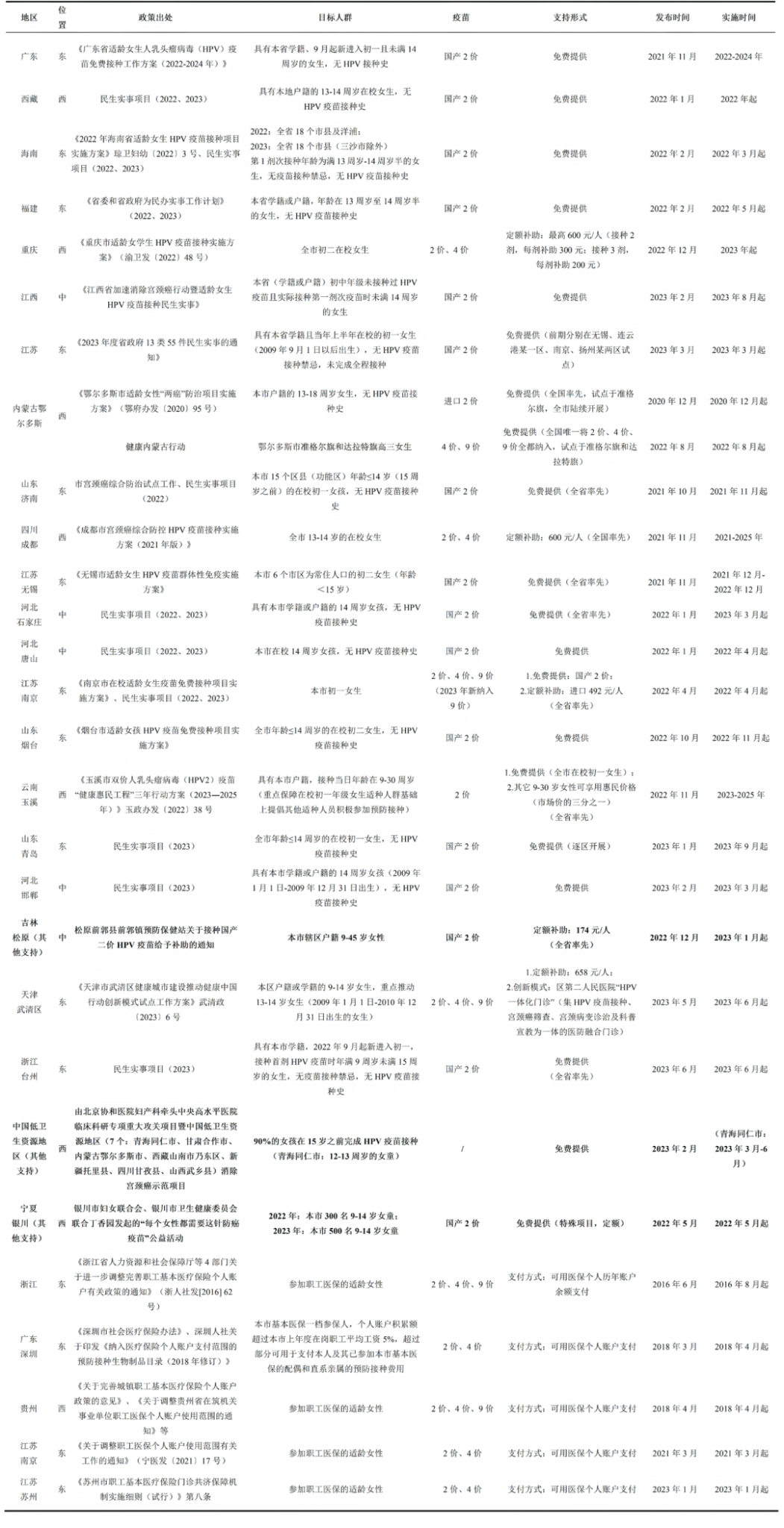The sources of rotavirus (RV) infection are asymptomatic RV carriers and individuals with RV gastroenteritis (RVGE). In China, the predominant genotype of RV has shifted from G3P[8] to G9P[8]. RV is primarily transmitted through the fecal-oral route and can infect individuals of all age groups, although it predominantly causes acute gastroenteritis in children under five years of age. Severe RVGE (sRVGE) may result in frequent episodes of diarrhea and vomiting, leading to electrolyte imbalances, acid-base disturbances, and potentially causing multisystem complications or even death. Sentinel surveillance data from 2009 to 2020 in China show that over 80% of RV-positive cases occur in children under five. In regions without RV vaccination, RVGE peaks in autumn and winter. However, following the introduction of RV vaccines, the peak season has been delayed, the epidemic cycle shortened, and the peak intensity reduced. A systematic review in China found that the median RV detection rates among hospitalized children under five were 46.7% in rural areas and 39.8% in urban areas
With the global promotion of RV vaccines and improvements in sanitation and water quality, rotavirus-related mortality declined from 659,053 in 1990 to 235,331 in 2019. A systematic review estimated that approximately 1.76 million (IQR: 1,422,645–2,925,372) hospitalizations worldwide were due to RV in 2019. In countries where RV vaccines are not included in national immunization programs (NIPs), about 40% of diarrhea-related hospitalizations in children under five are caused by RV. Parents of children infected with RV experience significant psychological stress, such as anxiety and concern, which adversely impacts the overall family quality of life. Although the mortality rate due to RV in China is currently low, RV infection remains a significant cause of diarrhea-related outpatient and inpatient, imposing a substantial burden on healthcare systems.
The World Health Organization (WHO) recommends that RV vaccines be included in all NIPs, particularly in countries with high RVGE-related mortality rates, including South Asia, Southeast Asia, and sub-Saharan Africa. So far, all WHO-prequalified RV vaccines have demonstrated good safety profiles, although their protective efficacy varies slightly across different countries or regions. Currently, seven RV vaccines are available globally, including WHO-prequalified vaccines such as Rotarix (GlaxoSmithKline, Belgium), RotaTeq (Merck Sharp & Dohme, USA), Rotavac (Bharat Biotech, India), and Rotasiil (Serum Institute of India), as well as LLR (Rotavin, Lanzhou Institute of Biological Products, China), LLR3 (Rotavin, Lanzhou Institute of Biological Products, China), and Rotavin-M1 (Polyvac, Vietnam). In China, three RV vaccines are available: the domestically produced live oral RV vaccine (LLR) introduced in 2001, the oral pentavalent reassortant RV vaccine (RotaTeq) introduced in 2018, and the domestically produced oral trivalent reassortant RV vaccine (LLR3) introduced in 2023. Several new RV vaccines are currently under development worldwide, aiming to enhance immunogenicity, improve safety profiles, and addressing factors limiting real-world vaccine effectiveness.
The healthcare service utilization associated with RVGE imposes significant economic burden globally. The inclusion of RV vaccines in NIPs is highly cost-effective. Supported by Gavi, the estimated cost per disability-adjusted life year (DALY) averted by RV vaccination is $264, equivalent to one-sixth of the per capita GDP of these countries, demonstrating significant cost-effectiveness. Studies in middle-income countries ineligible for Gavi funding estimate that 77% of these countries would find RV vaccination cost-effective. Based on China’s 2019 birth cohort, studies have shown that including RotaTeq and Rotarix (not yet available in China) in the NIP is cost-effective compared to China’s per capita GDP, and further reductions in vaccine prices would enhance cost-effectiveness. A study based on a Zhejiang Province’s birth cohort found that including LLR and RotaTeq in the provincial immunization program is cost-effective compared to no vaccination. However, there is no published economic evaluation available for LLR3 currently.
According to WHO statistics, 119 countries had included RV vaccines in their immunization programs. Low- and middle-income countries primarily rely on Gavi support to include RV vaccines in their NIPs, while the proportion of upper-middle-income countries that have included RV vaccines is lower, with most non-included countries being ineligible for Gavi funding. These countries are mainly concentrated in the Western Pacific and Southeast Asia regions, where the disease burden caused by RV is significant. Due to its large population base, China has the highest number of people who are not covered by RV vaccination in Asia, resulting in the heaviest RV-related disease burden in the region. National RV vaccination schedules recommend the earliest vaccination at six weeks of age, with varying recommendations for the latest dose. Countries using Rotarix typically recommend completing vaccination by six months (24 weeks), while those using RotaTeq recommend completion by eight months (32 weeks). The inclusion of RV vaccines in NIPs has had a noticeable impact on the health of children under five worldwide, significantly reducing diarrhea-related emergency visits, hospitalizations, and mortality rates. Vaccination coverage directly affects the number of diarrhea-related hospitalizations in children.
Although three RV vaccines are available in China, they have not yet been included in the NIP. There is limited research on awareness, willingness to vaccinate, and willingness to pay for RV vaccines. Existing studies show that parental awareness of RV vaccines in China ranges from 37.8% to 55.05%, influenced by factors such as education level, residence, number of children, and monthly household income. Both domestic and international studies have identified factors affecting RV vaccination, including disease susceptibility, vaccine efficacy, risk of adverse effects, duration of protection, time cost of vaccination, influence of decision-makers’ social network, healthcare provider recommendations, and the perception that only vaccines included in NIPs are worth receiving.
WHO data indicate that the global full-dose RV vaccination rate among children has been increasing annually, reaching 55% in 2023. Countries that have included RV vaccines in their NIPs have higher vaccination rates than the global average, with an average first-dose coverage of 89.0% and final-dose coverage of 82.9% in 2023. Currently, China lacks publicly available RV vaccination statistics, but survey data show that vaccination rates among Chinese children are generally low (first-dose coverage range from 20.3% to 32.3%), with particularly low full-course vaccination rates (third-dose coverage below 2%). Regions with relatively higher RV vaccination rates are mainly located in economically developed areas or cities.
In conclusion, strategies to improve RV vaccination coverage include (1) enhancing vaccine supply and local vaccine development; (2) conducting pilot studies before introducing RV vaccines into NIPs; (3) providing training and education for healthcare providers; (4) improving communication and information during vaccination; (5) establishing vaccination reminder mechanisms; and (6) implementing vaccination-related health education during pregnancy and postpartum periods.
Content Editor: Menglu Jiang, Ziqi Liu
Page Editor: Ziqi Liu





